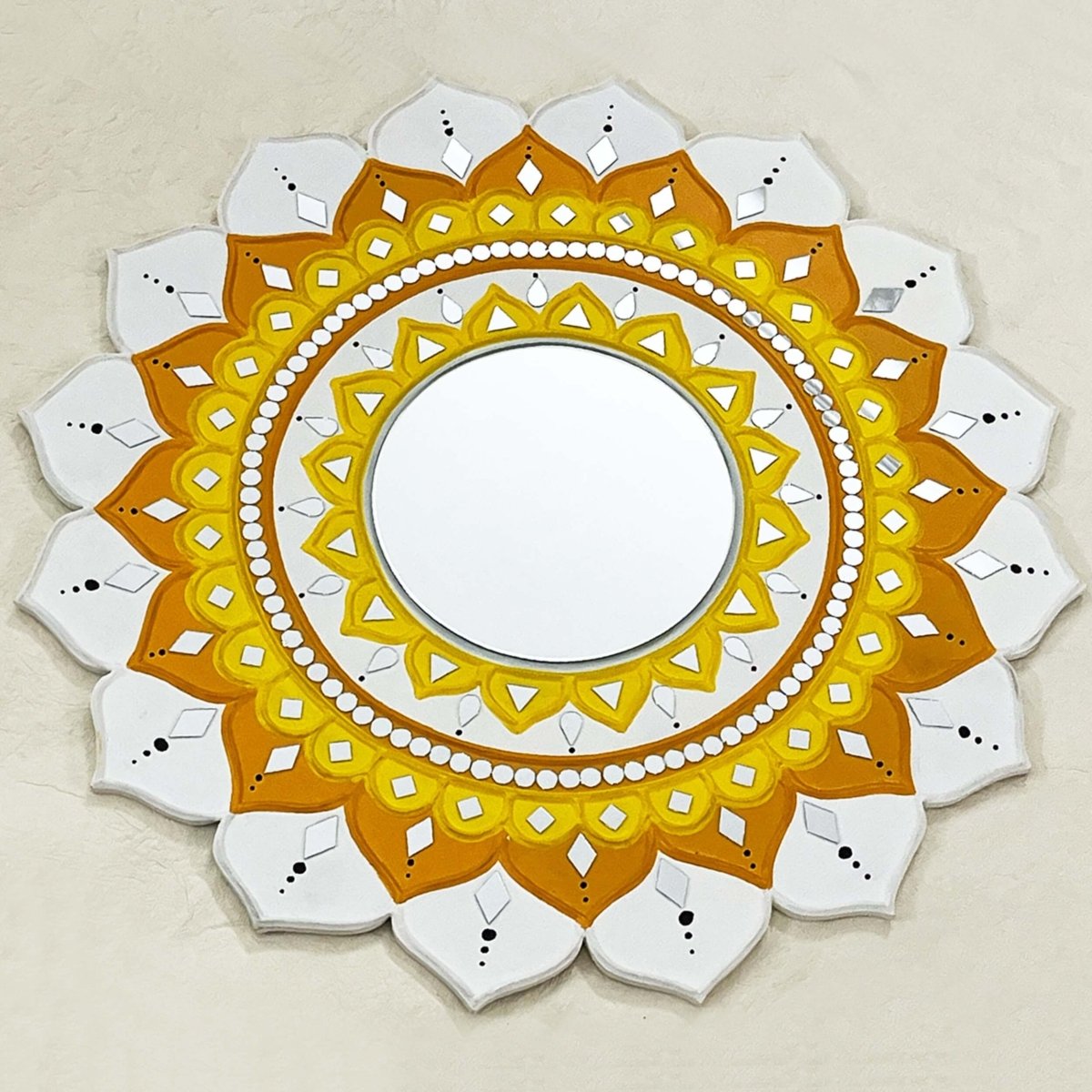Glimpses of a Bygone Era: Beautiful Baroda
BOOKMARK
Today called Vadodara, Baroda, a hundred years ago was synonymous with royal grandeur and unimaginable wealth. The rulers rode in chariots and howdahs of pure gold and lived in splendour next to none. Come join us to explore vistas of a bygone Baroda.
One of the grandest residences of its time, the Laxmi Vilas Palace was built by Maharaja Sayaji Rao Gaekwad III in 1890 for his rather small family. Built in the Indo-Sarcenic style, the edifice was four times the size of the Buckingham Palace and very deliberately sent a message of the might and wealth of the rulers of the state of Baroda. The façade is well over 500 feet long and the landscaped gardens and scalloped edge artificial pond are reminiscent of a grand English country house.
Beautiful light streams into the grand Durbar Hall through four large and unique stained glass panels depicting Indian mythology. This awe-inspiring Durbar Hall measures 70 x 50 feet and has hosted numerous famed gatherings. The magnificent lacquered ceiling with geometric patterns has no supporting pillars. Note the intricately carved sandalwood jharokhas or balconies that provided privacy to the royal ladies. The mosaic flooring done by twelve Italian artists from Murano took a total of six months resulting in a gleaming mirror like finish.
Of the three magnificent entrances to the Palace, this grand foyer was only one used by the Maharaja and led to the areas upstairs. The splendour of this entrance to the royal residence is reflected in the intricate plaster work and exquisite flooring in Italian marble. Plaques on the wall of Greek Muses silently convey the munificent patronage of the arts, literature and science by the ruler, Maharaja Sayaji Gaekwad III . Crystal European chandeliers on the ceiling and the famous sculptures by Felici, the Sarangi Man (Musician) and the ‘Gauri’ the dancing girl are seen clearly.
Carrara marble was imported all the way from Italy for this stately staircase designed by the architect Chisolm. It was then painstakingly carved into this detailed design by local master Gujarati craftsmen. This main staircase leads up from the entrance to the royal private quarters. The lavishness of materials and craftsmanship continues throughout the palace – marble from Agra, redstone from Pune, plasterwork artists from Madras for the walls and so on. We see the back of the bronze statue ‘Hunter’ by the contemporary Italian sculptor Felici, and a stunning peacock in tile inlay on the wall at the landing. All the windows are of stained glass.
Laxmi Vilas was opulent inside and outside. Seen here is the grand Hathi (Elephant) Hall from where the Maharaja would proceed to sit on the royal elephant for formal processions or city surveys. Decorative elephant head brackets can be seen at the base of the arches where they meet the wall. The rich carpets were custom made for the floor spaces.
The animal fights of Baroda were famous and included jousts between elephants,rams and the bulls featured here. Staged as entertainment for important visitors and royals, the fights have been chronicled by travelers and typically took place in Bhadra Kacheri, one of the oldest parts of Baroda. The foreign guests and nobility enjoy the fight seated at a safe height. The animals collide, egged on by their handlers. After the strenuous session, these prized animals would be taken back and looked after through rest and recovery.
Sarkar Wada or Maharaja Palace was the first formal residence of the Gaekwads of Baroda before they migrated to the city from Songarh where their fort stood. The architecture of the Sarkar Wada area of wood and roof topped terracotta tiled roofs suited the hot, dry weather. The slanted roof overhangs and the long covered corridors provided wind ventilation. Palace workers and people go about their work even as carriages line up in the shade.
In one of the earliest known photographs of this area, the famous landmark of Baroda, the Mandvi Gate stands at the crossroads of the four avenues that lead to the main gates of the old city. Less a gate, and more a pavilion, this square Mughal structure, is believed to have been built to collect toll from city merchants. Originally only a structure with the three arched openings on each side, it has undergone several renovations and today has a clock tower on the top of the older structure.
The Baroda State Museum opened to the public in 1894 and was modeled along the lines of the famous Victoria and Albert Museum in London. The Maharaja was deeply committed to education and of the many initiatives he took- opening a museum of arts, ethnography and science for his people was a visionary step. He even introduced in 1906, compulsory and free primary education for his state.
As one of the premier native princely rulers of India, the Maharaja of Baroda could afford the luxury of his own private gold buggy. This royal carriage had a English chassis that local artisans then embellished with pure gold. Emblazoned with the royal crest on the side panels, it was used for state and ceremonial processions.
The Kirti Mandir or Glory Temple was built by the Gaekwad rulers in memory of their ancestors. The structure was designed as a modern cenotaph but borrows elements of the local temple architecture. It is one of a kind as it represents both the kings and queens of the state and indicated equal and exalted status to the women of Baroda state. The main tower bronze finial is an amalgam of the sun, crescent, earth and undivided India - conveying the message of the glory of the Gaekwads.
We would like to thank Ms. Radhika Raje Gaekwad of the Baroda royal family for her gracious support to help make this feature possible









